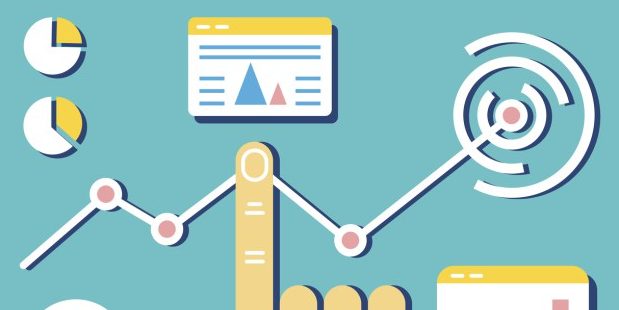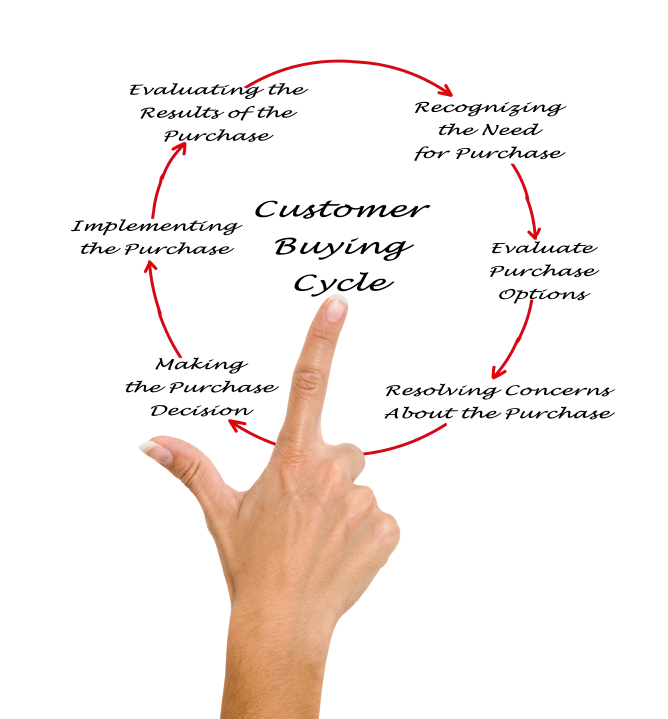
The one that got away isn’t the best thing in Internet marketing, there is constant attempt to defeat the abandonments through optimising again and again.
The possible reason for this could be that we are lacking vital information from these customers. Those who choose not to buy can teach us a lot, find out what you can learn from those customers that don’t convert below.
The buying cycle
Among the reasons why your customer is not converting is that they may not be at the right section of the buying cycle, otherwise known as the customer buying cycle. This, essentially, describes the process the customer goes through when considering a purchase.

As it would suggest, customers are exclusive to being at one point of the cycle at a time which could be one of the reasons your customer doesn’t convert; they simply were not at the purchase section. This is a great time to put in the effort to understand the customer buying cycle, it will enable you, as a business, to recognise the point where your customers are in the buying cycle and how to nudge them along to purchase.
High traffic doesn’t necessarily mean high sales
Regular circumstances present the higher traffic you get, the more sales you attain. However, on some occasions, the increase in traffic will drive in traffic that isn’t prepared to convert. There are three main search types informational, navigational, and transactional. Traffic increase leads to the increase of both informational and navigational searches.
Informational searches cover 80% of search volume; are low efficiency; and use generic keywords. Navigational searches make up 10% of search volume; are medium efficiency and use semi-generic keywords. Transactional services, like navigational searches, make up 10% of search volume however, unlike the first two, use specific keywords and are high efficiency.
From this information, it must be realised that content marketing does not guarantee a direct route to higher sales – it meets customers where they please and when it is required from them.
Search query intent
Following on from the above point; marketers must understand search queries. They are not all equal and will not all have intent which is what will decide if a prospect purchases or not.
The three main search types can be applied to this theory as their searches dictate whether or not they will buy from you.
Informational queries – This is exclusive to those seeking information on a product and are least likely to convert straight away, yet make up the largest percentage of website traffic. Consumers’ intent is to obtain information that is assumed to be on a web page.
Navigational queries – As assumed, navigation queries are customers who are looking to find your website, although, whether they are ready to buy is another question. They will most likely be researching into something they are contemplating purchasing.
Transactional queries – Transactional queries are likely to lead to conversion, which is what we want. They are made by those who are looking to make a purchase – they have the intent to carry out web-mediated activity.
Research has found that 80% of searchers will come across your website with the intention to gain some information, but not to purchase. 10-20% will be looking to purchase and will be the most likely to convert.
The main thing to remember is to not fret when customers are not converting. The solution is to research why this is happening, teaching and understanding this information will make a more efficient marketing strategy.
Flip the negative of customers who aren’t converting into a positive by learning from them what isn’t working and fixing it.
Let us know what you’ve learned from your non-converting customers on our Facebook and Twitter pages!
- Marketing Managers Can’t Be Your Marketing Department - January 11, 2025
- Tagging Strategies: How They Maximise Your Marketing Campaigns - January 7, 2025
- First Step to Creating Killer Content – Know Your Reader! - January 7, 2025

